
When I went through public education many years ago, we learned whatever the teacher presented. There were no learning statements, goals, nor objectives presented to us. It was simply here’s the lesson, now get working! Educational practice has evolved over the years and now our students are presented with “I Can” statements and learning goals before each lesson to ensure they understand what they are learning and why. It made me reflect about how I make Music Learning Theory meaningful and relatable for my students. How do I explain what we are learning, why we are learning it as well as connect it to previous learning?
I’m sharing my thoughts below about the Skill Learning Sequences as I explain them to students (and administrators). This is not meant to be an comprehensive explanation of the Skill Learning Sequences for educators. If you would like more information about Music Learning Theory, or Skill Learning Sequences, you may want to check out the GIML website.
Aural/Oral
The Aural/Oral level of learning is where new content is introduced. In my classroom, Aural/Oral is where we build and expand our vocabulary. For my little ones, we begin at our learning journey at Aural/Oral – listening to, singing, and chanting patterns on neutral syllables. My youngest students don’t know any different, so they do it willingly. But there are times we spiral back to Aural/Oral in upper grades when introducing new content like subdominant function, or divisions and elongations. It was my students’ reaction to going back to neutral syllables after using solfege that made me reflect on how to explain it to them. When I shared that we were building and expanding our music vocabulary by adding new content, it helped them to understand why we were spiraling back to neutral syllables.
Verbal Association
Verbal association is where we label and classify sounds in music. We learn how to use tonal and rhythmic solfege systems and how to classify groups of sounds into functions, meters, and tonalities. In my classroom, we call these “music facts.” The reality is that it’s not enough to simply learn the labels, you have to know them like you know your math facts! If I were to ask you what 2+3 equals, you probably could answer 5 without a thought. You didn’t need to label, count, or see 2+3. Your experience with those two numbers is so rich and deep that you know it could only be 5. That’s my goal for students at Verbal Association. Solfege and functions are introduced in Learning Sequence Activities, but are reinforced in Classroom Activities until students understand their “music facts.”
So what are our music facts? We learn our Meter Facts like du & du-de mean you are audiating Duple Meter. We learn our Tonal Facts like the resting tone Do is Major Tonality. We learn Harmony Facts such as Do-Mi-Sol is Major Tonic. It’s not enough for students to simply echo patterns with solfege, answer questions about function, or label the resting tone if they have not learned these as music facts. These are the building blocks of all future learning in our classroom!

Partial Synthesis
Ok, let’s be honest – most of us have struggled to understand Partial Synthesis. I think the struggle comes from not having a context for Partial Synthesis in our own learning process. How can we explain it to our students? At its most basic level, Partial Synthesis is simply checking for understanding. You know your “meter facts,” now can you apply them as you listen to a series of patterns and tell me the meter? You know your “tonality facts,” can you apply them as you audiate a series of patterns or new song to tell me the tonality? It’s the first step for students applying solfege to teach themselves to audiate music at a deep level. The biggest thing about Partial Synthesis is that it’s never an open ended question (because that would be inference learning). You always provide the students options – is it duple (du-de) or triple (du-da-di). If students are successful, time to move on to more challenging skills. If they struggle with it, time to spiral back to ensure they have the skills at Aural/Oral and Verbal Association.
Symbolic Association
Symbolic Association is probably the easiest to explain to my students, simply because of their experiences reading and writing text in the classroom. I use the same terms in the music room. Students learn to read and write tonal and rhythm patterns.
Composite Synthesis
Composite synthesis functions much the same way as Partial Synthesis. It’s an opportunity to check for understanding again. Instead of checking a child’s ability to use solfege as a tool, we check to see if they can read and write a series musical patterns with understanding.
Generalization – Aural/Oral
This is the first Skill Learning Sequence in Inference Learning (where children are not explicitly given the answer). They must come up with the answer themselves. At the Generalization Aural/Oral level, students compare & contrast sounds they hear and identify them as same or different.

Generalization – Verbal Association
Generalization – Verbal Association is another opportunity for students to show what they know but in a different way. Students hear patterns presented on a neutral syllable and have to repeat the pattern back using the correct solfege. I call this “translating” in my classroom. I teach a large number of ESL students. My students understand that I may say hello in English, but I could also say namaste if I spoke Hindi – no matter how I say it, the meaning is the same. I can sing a pattern on steps 1-3-5 in major tonality using neutral syllables, or I could sing Do-Mi-So. Either way, the meaning is the same – it’s a major tonic pattern. Singing patterns and having students translate them helps the students learn how to use solfege as a tool and when to use it. Some may audiate at a level in which they hear and understand everything, whereas others will use solfege to help teach themselves about what they are audiating.
Creativity & Improvisation
I think of Creativity & Improvisation are being two separate skills. Creativity is an opportunity for students to show what they know without limitations. Can you create a rhythm pattern for me? A tonal pattern? An ending to a song? A chant? An ostinato? When I ask students to create, there are no limitations to what they can do use or use musically.
When it comes to Improvisation, students show what they know within a context and in the moment. When we improvise, we do so within a context – a meter and/or a tonality. Improvisation can happen between two people, a teacher and class, or an entire ensemble. No matter the makeup, there has to be musical context in order for it to be improvisation.
Theorectical Understanding
Theorectical understanding is the final level within inference learning. It’s where we explain about music. It can be explaining about line and space notes on the staff, explaining time signatures, learning about a composer, etc. Often times, we explain about music before our students have experienced music in a sequential, meaningful way. (I’m talking to you, freshman music theory professor!)
Want to know more?
Again, this is not meant to be an exhaustive explanation of each level of the Skill Learning Sequence. Want to more about Music Learning Theory? Check out some of the posts below about MLT to get you started. You might also be interested to know there is an organization and professional development levels devoted to MLT and the work of Dr. Edwin Gordon!



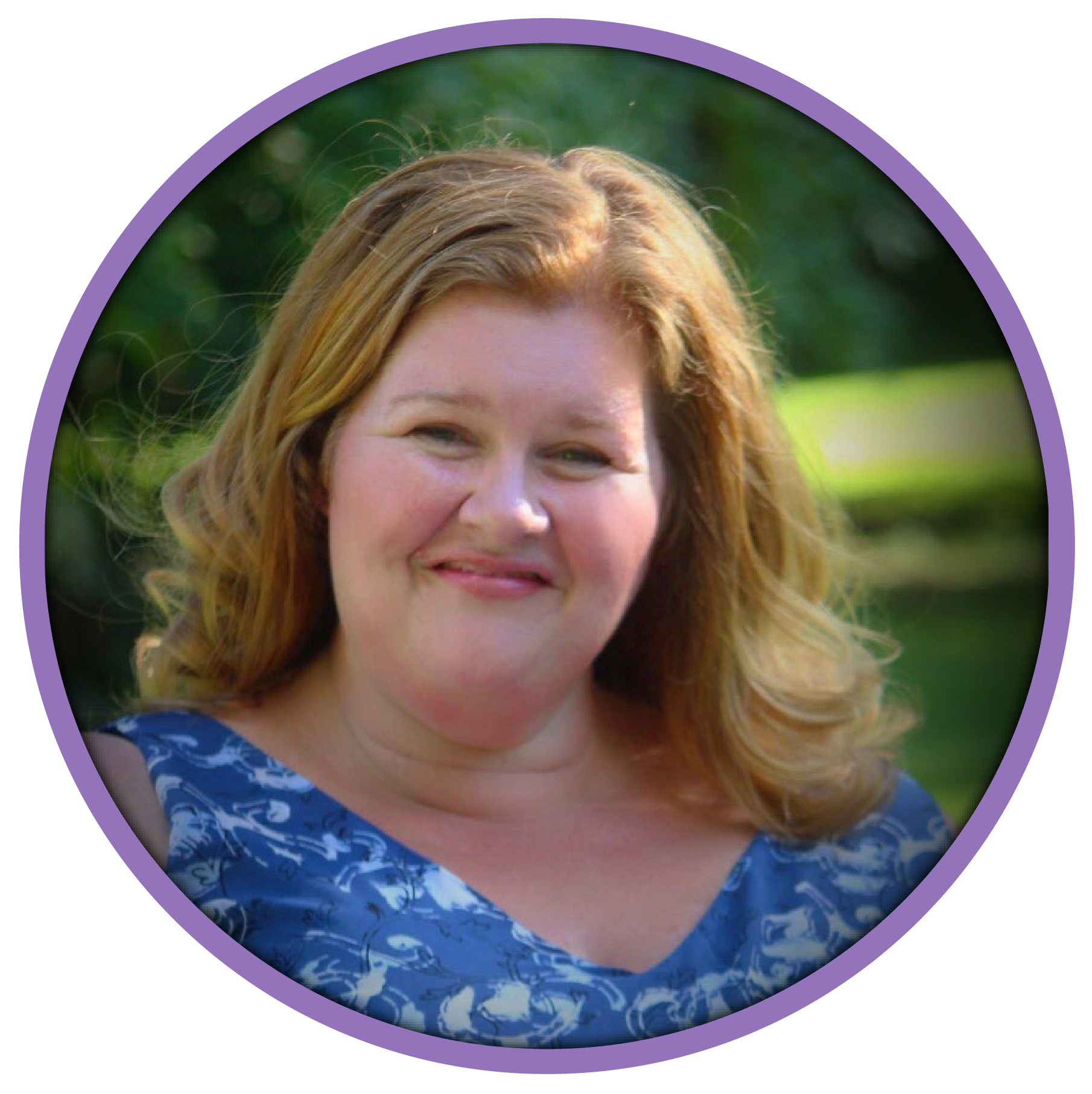
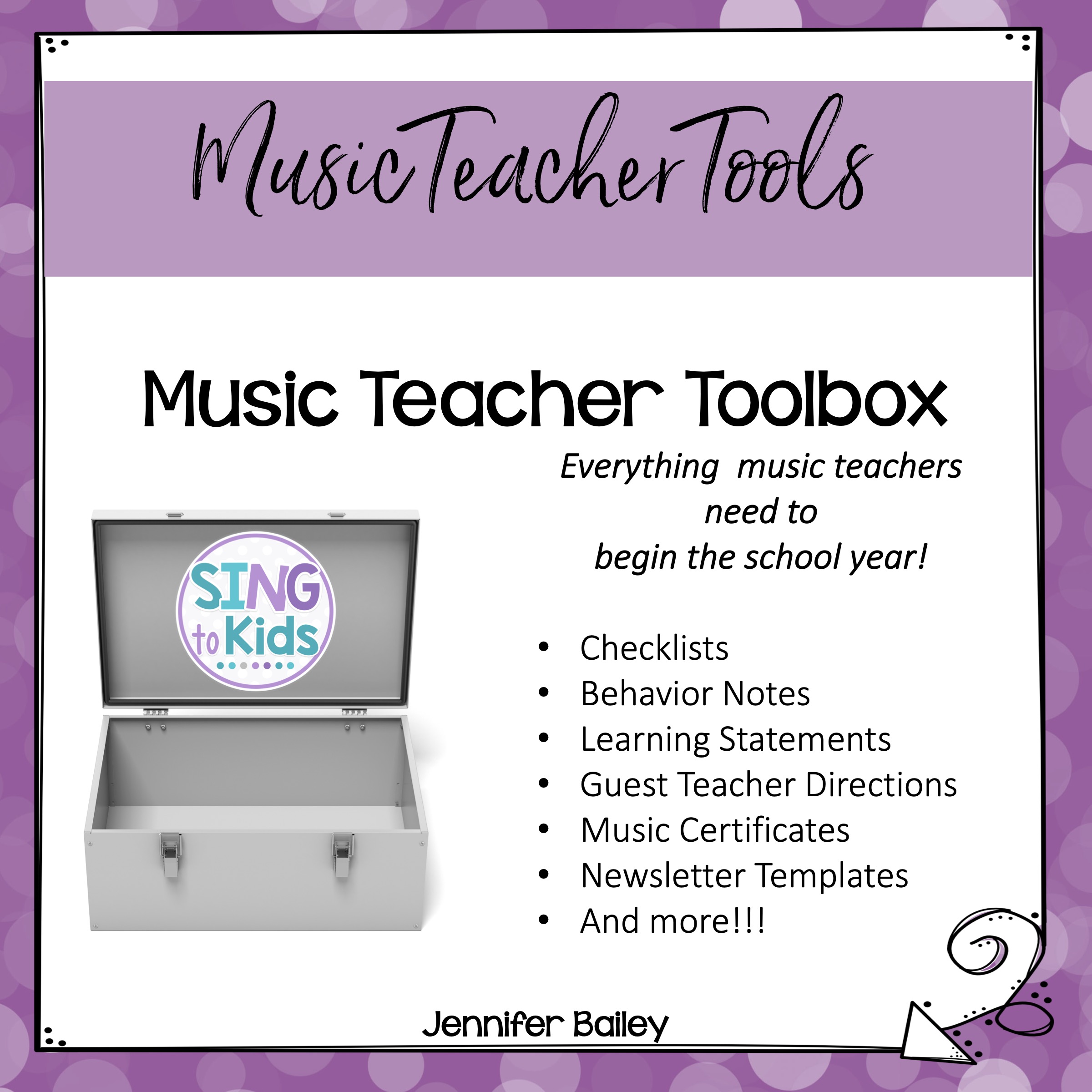

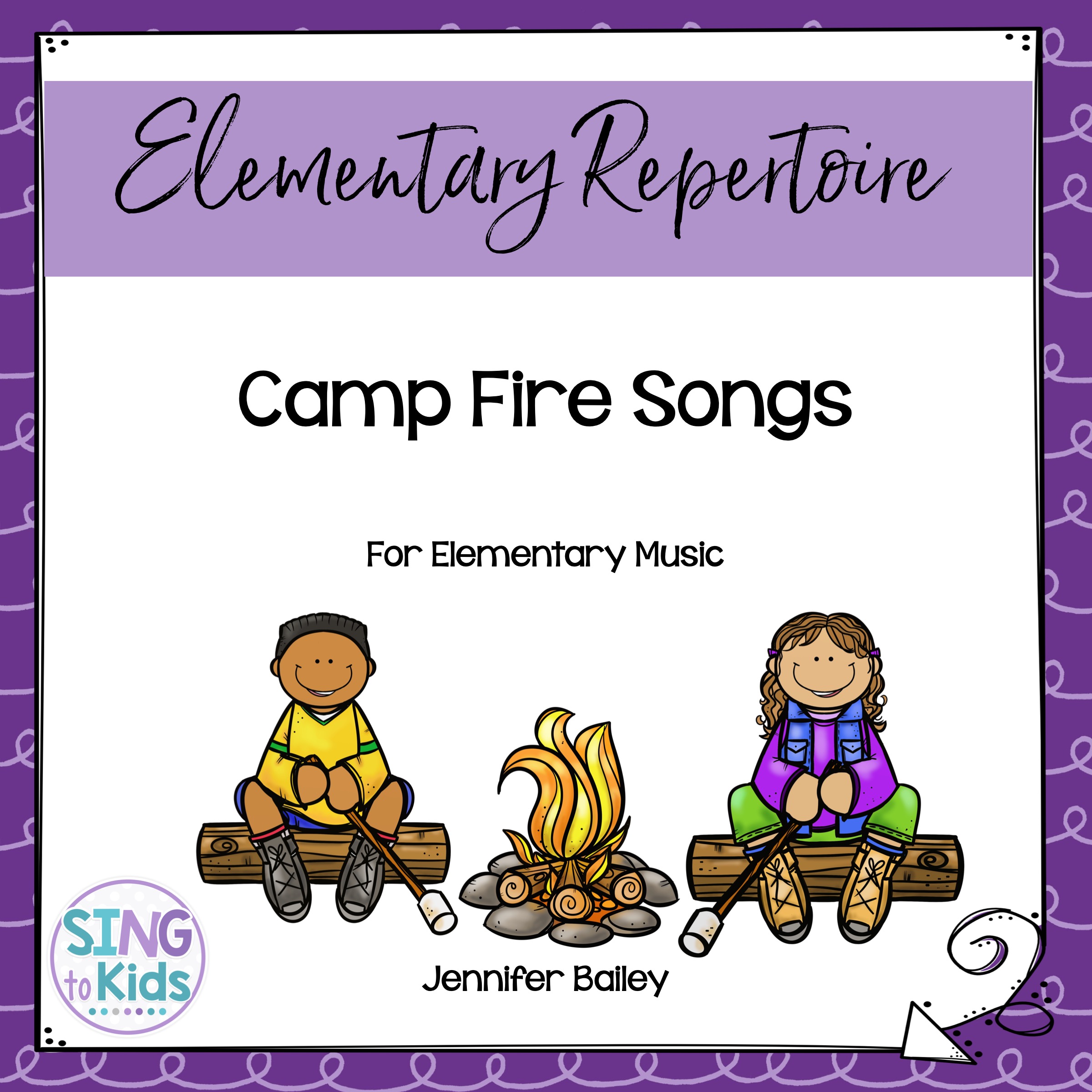
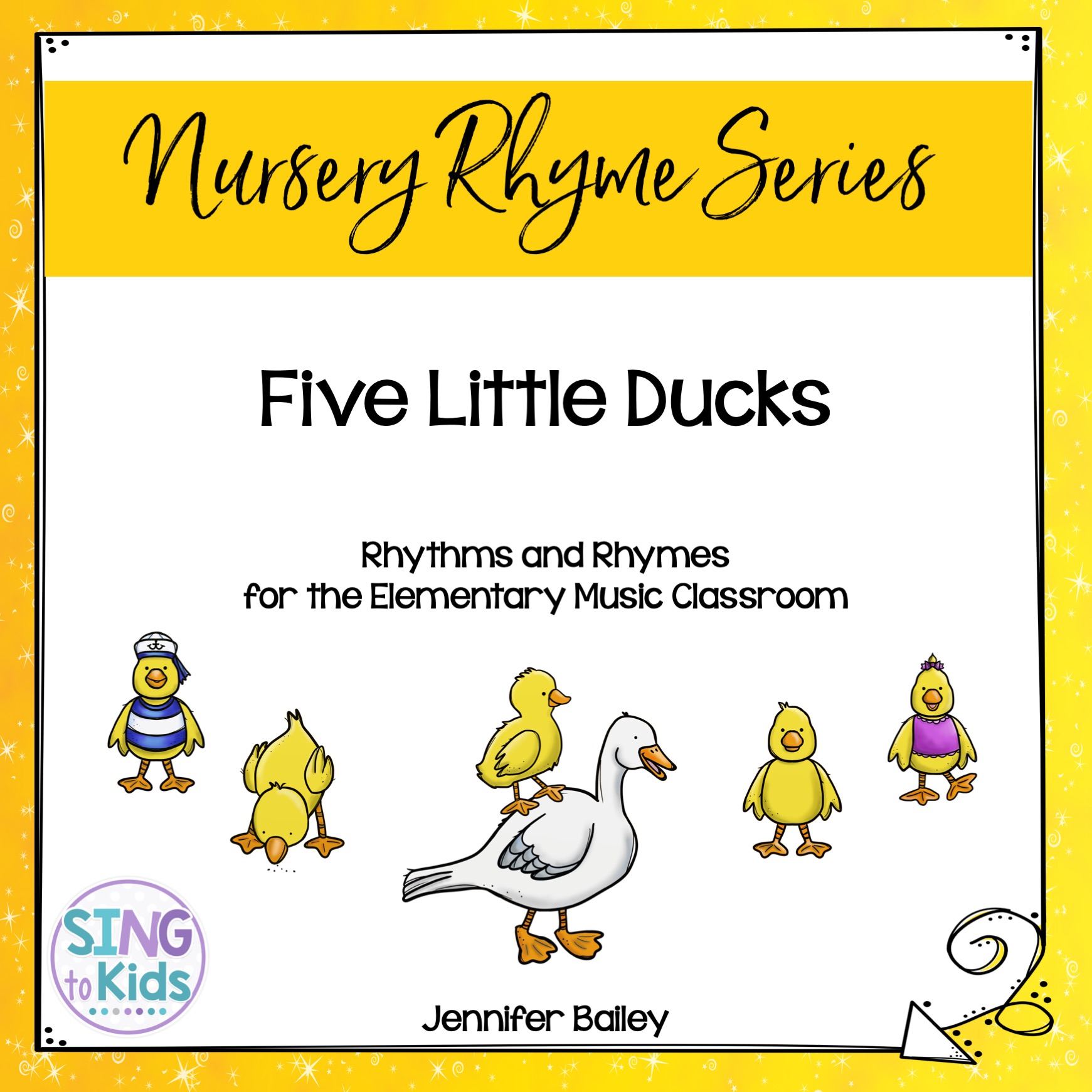
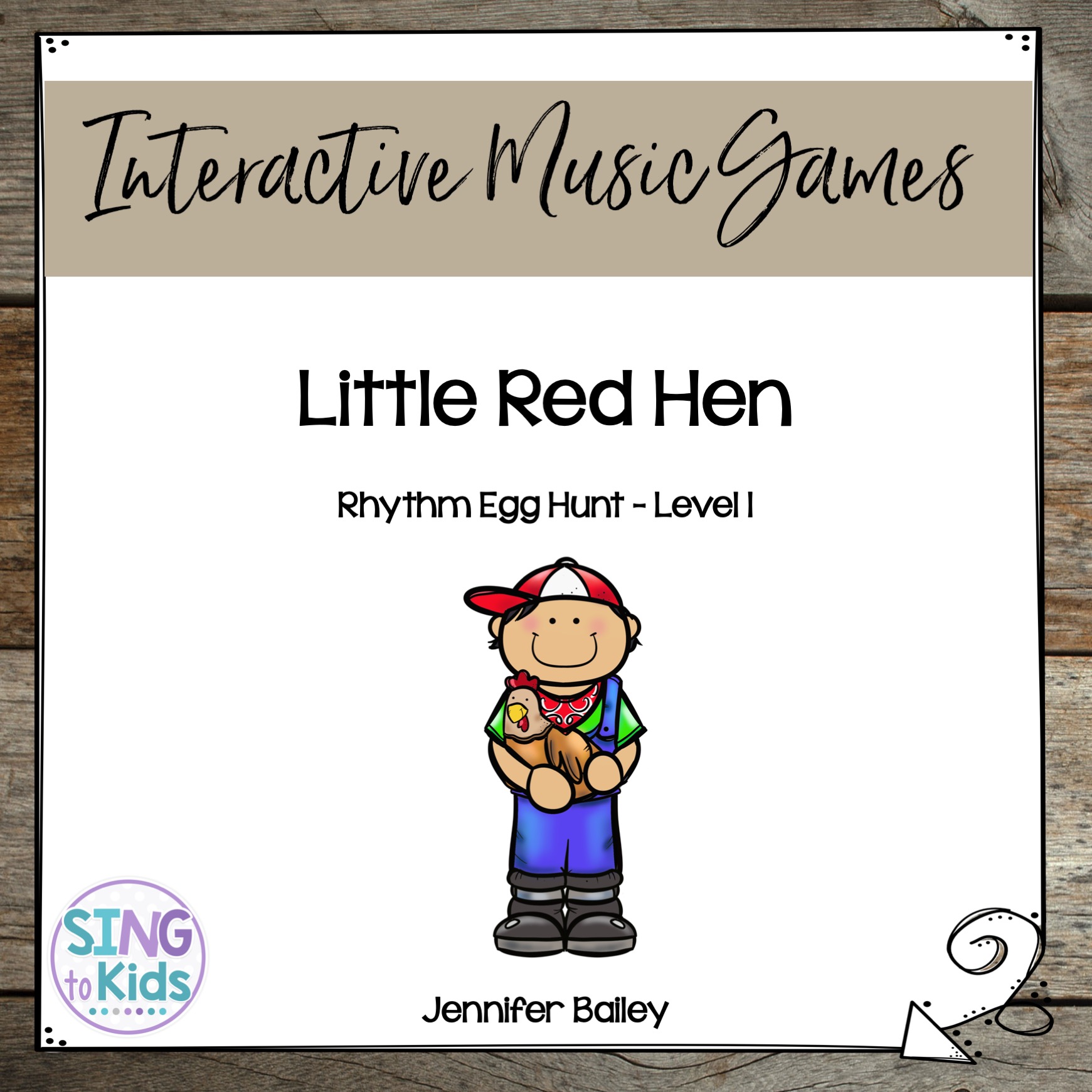
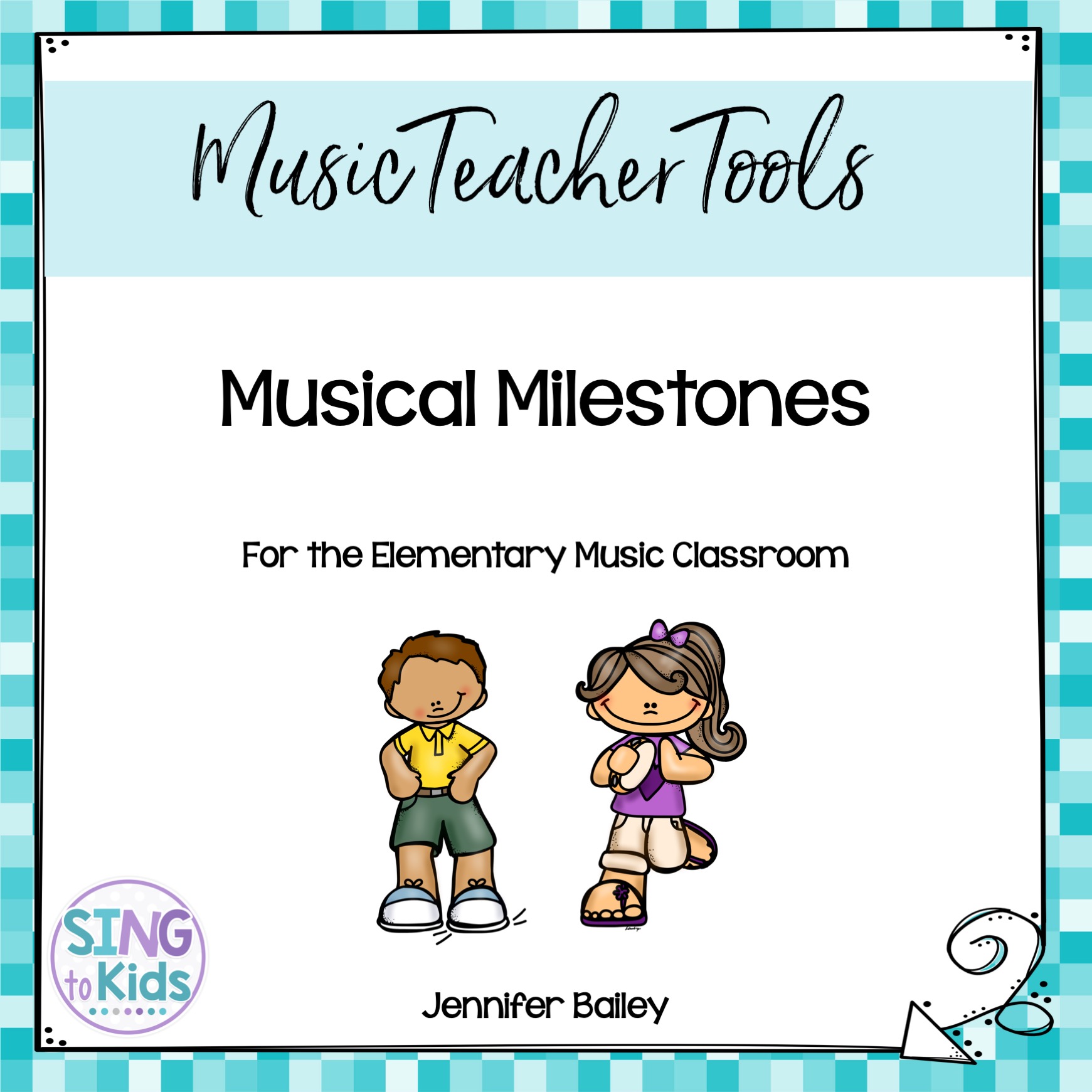
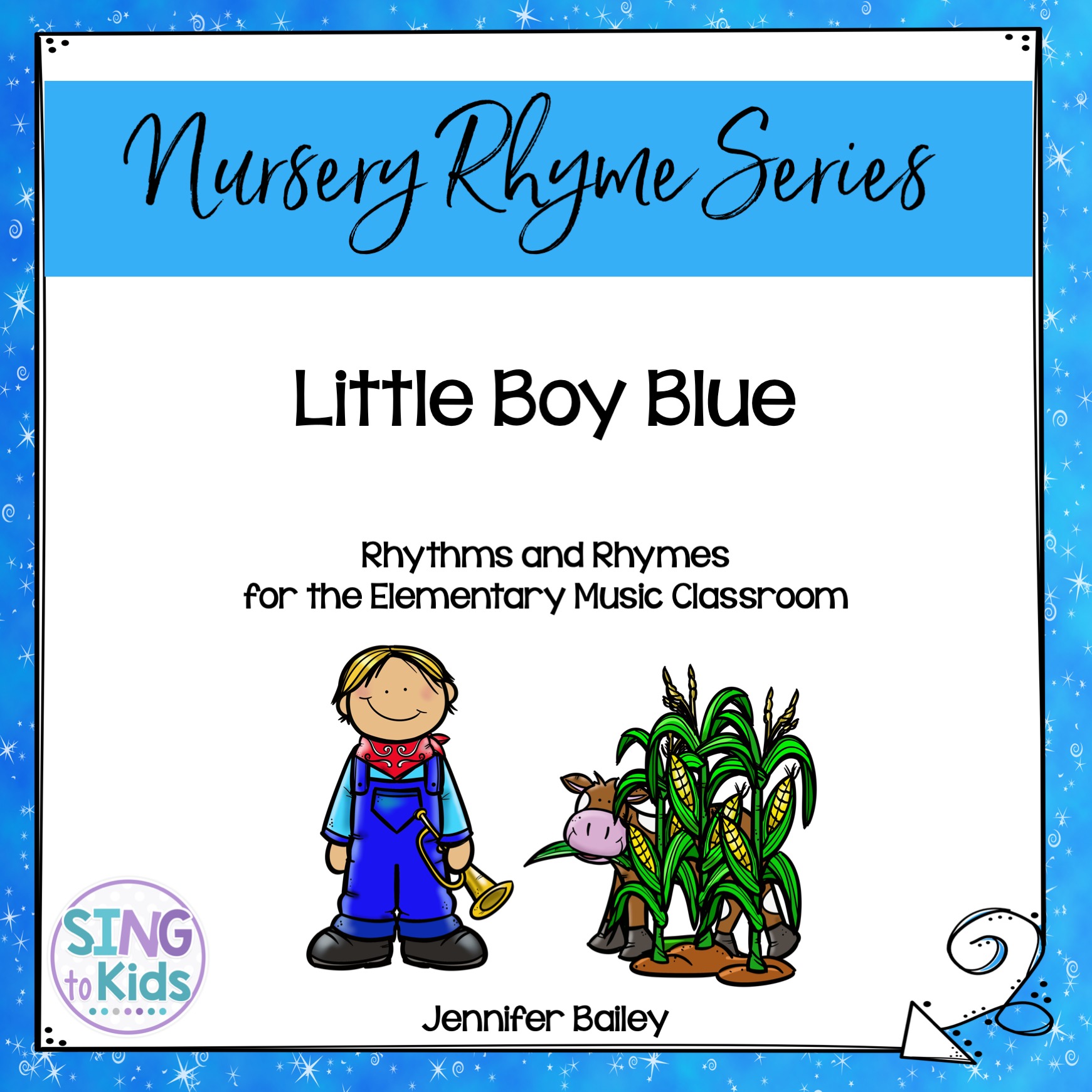
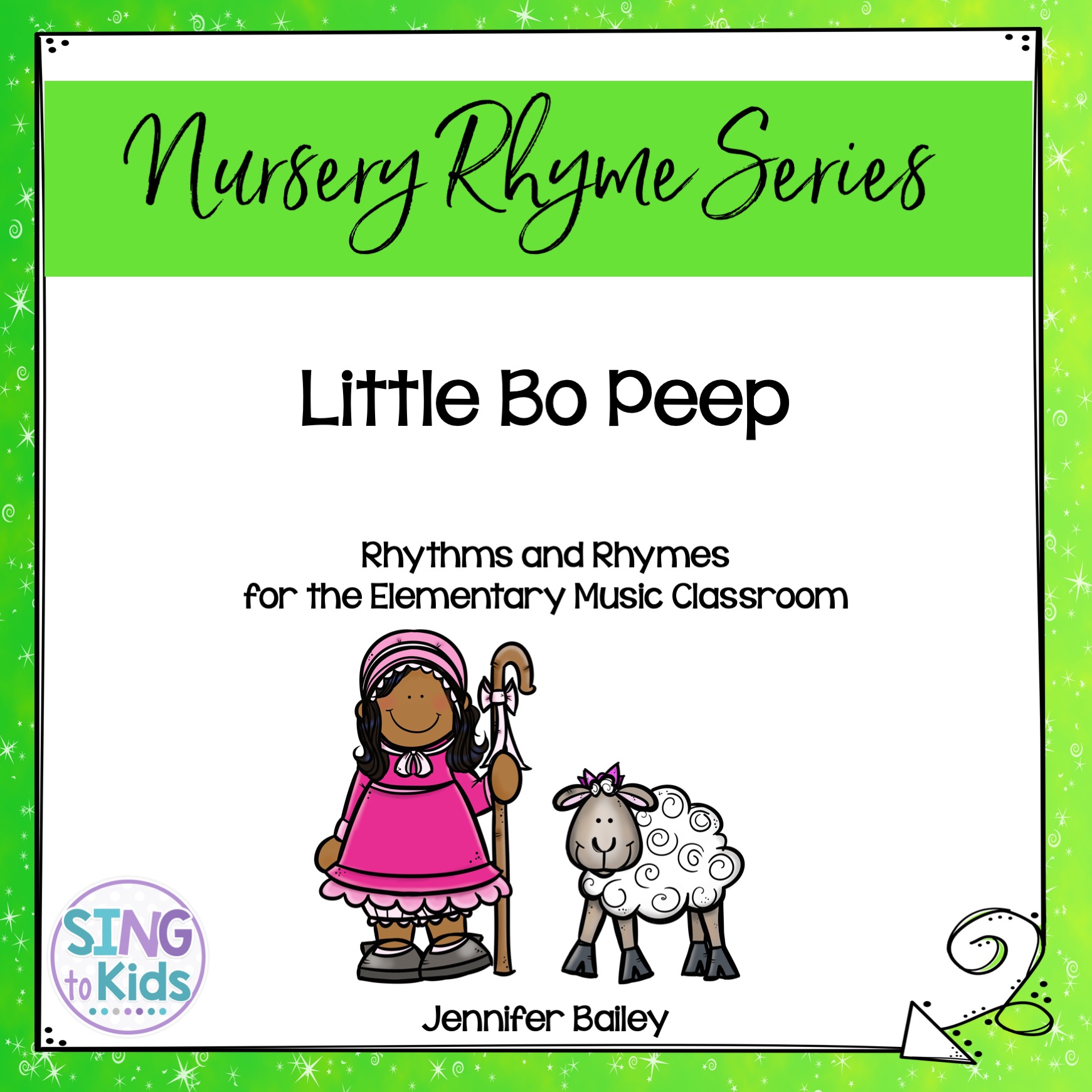
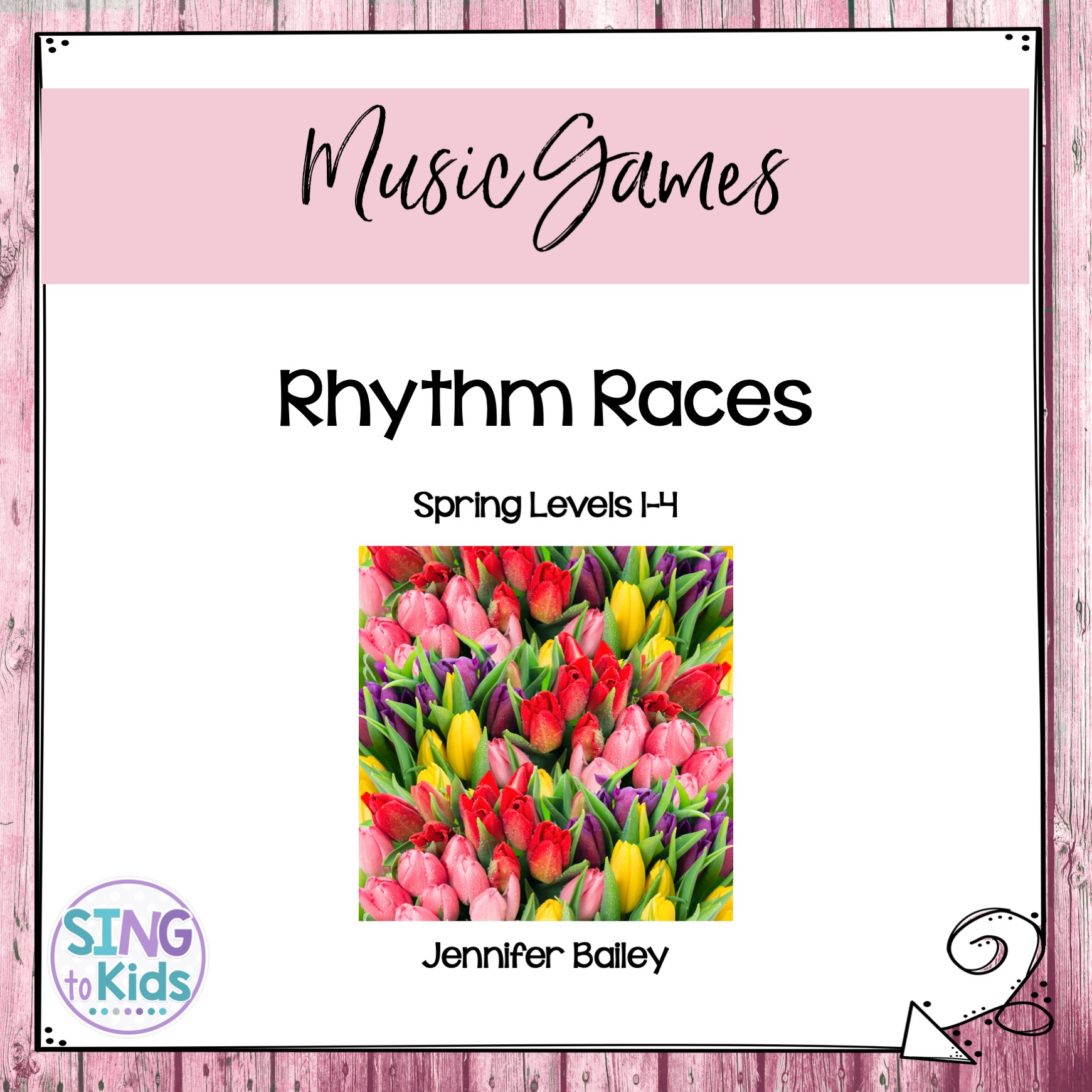
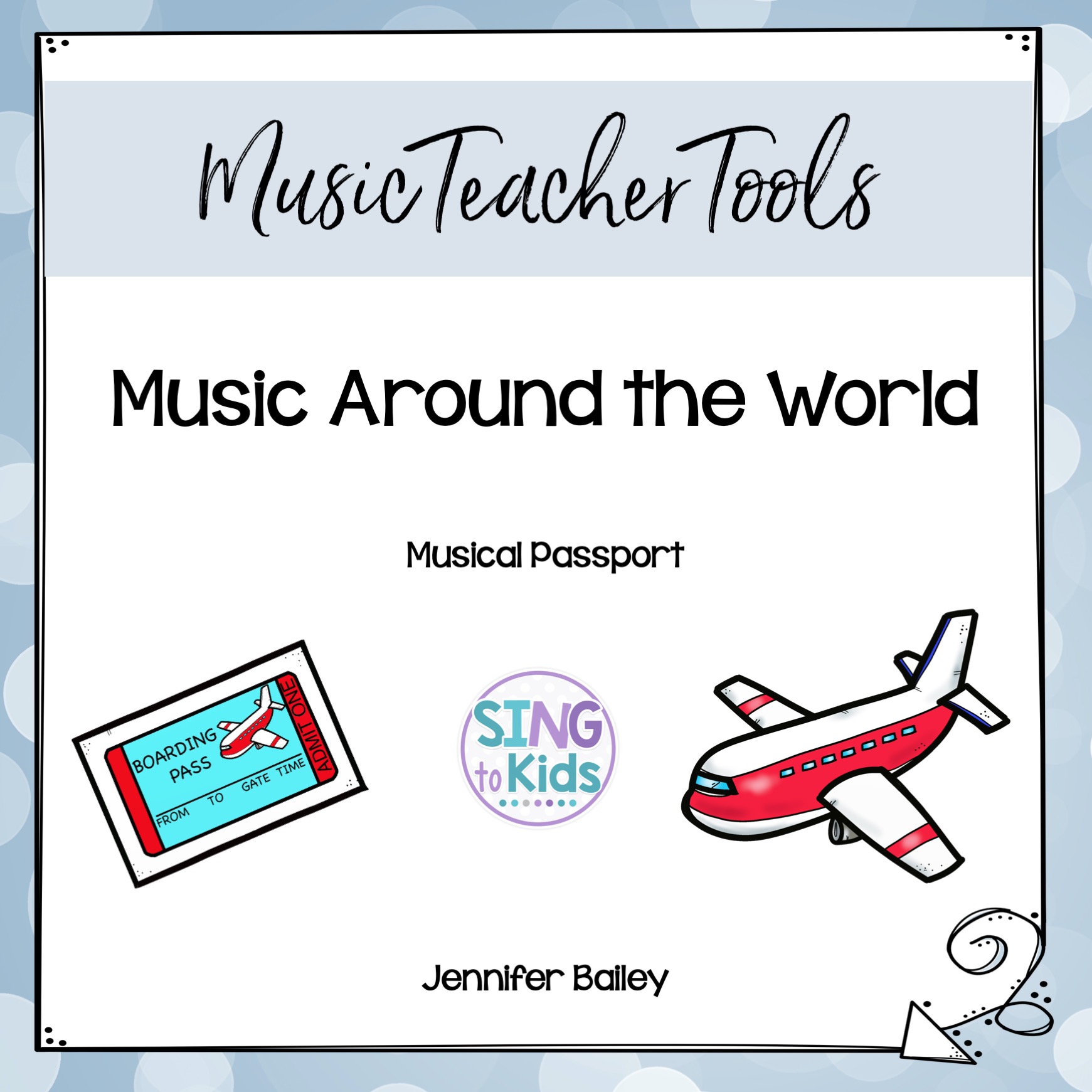
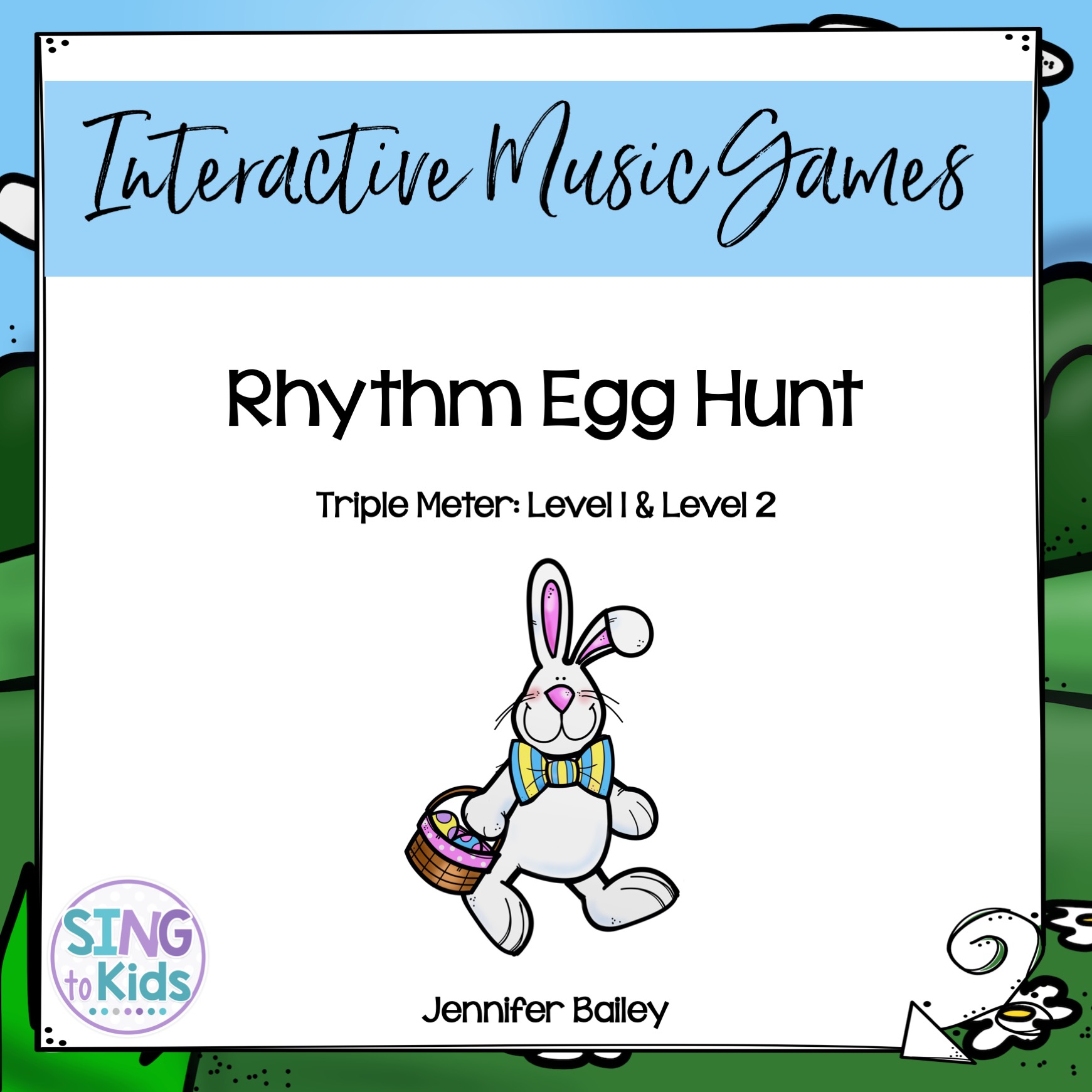
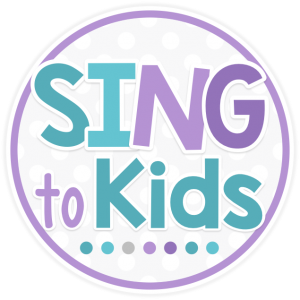

LOVE LOVE LOVE!! So many times, I’m not only explaining what I do to the students, but to colleagues (even musical ones), administration, and oftentimes, parents too. This is such a great way to start the conversation about what MLT might look like in a music classroom. Thank you!
I’m so glad this is helpful to others! In the “I Can” statement phase we’re in, I’ve really tried to be thoughtful about explaining what and why we’re learning in my MLT inspired classroom!